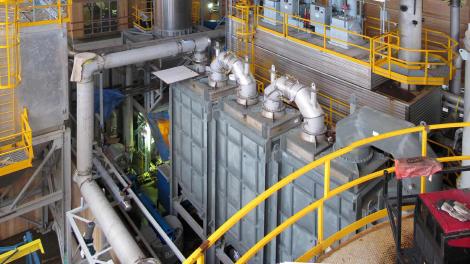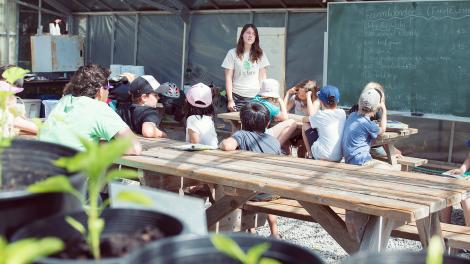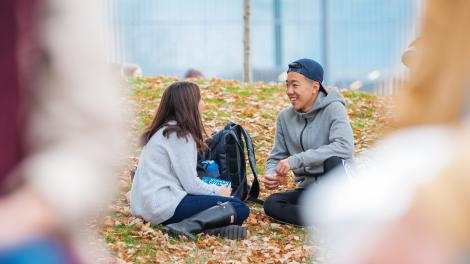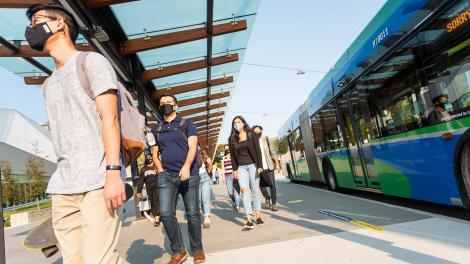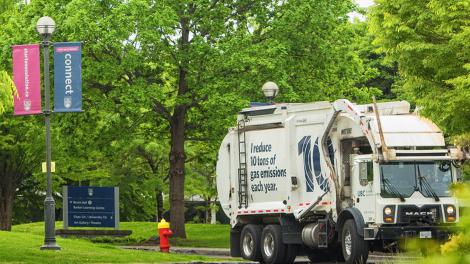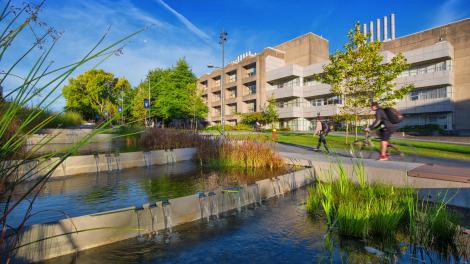As a large, research-intensive university, UBC consumes a significant amount of water – about 3.6 billion litres per year – or enough to fill 1,500 Olympic-sized swimming pools. However, this level of water consumption already reflects reductions of approximately 50% since 1997 as a result of several initiatives.
Without further action on water conservation, consumption will rise in the future as a result of campus growth. UBC's Water Action Plan (2019) establishes three main water reduction targets for the academic campus (see right).
The vision behind the Water Action Plan is to manage water use responsibly by advancing water conservation and efficiency practices; encouraging innovative, alternative water system solutions; and building water supply resiliency.
WATER TARGETS
Maintain UBC total water
consumption at or below 2017 levels
16%
decrease in water use
intensity by 2025
24%
decrease in water use
intensity by 2030
WATER USE
Water use has decreased consistently at UBC's Vancouver campus over the past 26 years, despite very significant campus growth - a remarkable achievement. The reduction in water consumption has been accomplished primarily through the following initiatives:
- Water efficiency retrofit projects in core buildings, mostly done in the early 2000's under the Ecotrek initiative, and infrastructure improvements
- New green buildings are more water-efficient
- The steam to hot water Academic District Energy System conversion. This project is estimated to save 272 million litres of water per year
Current Performance
Related plans and reports
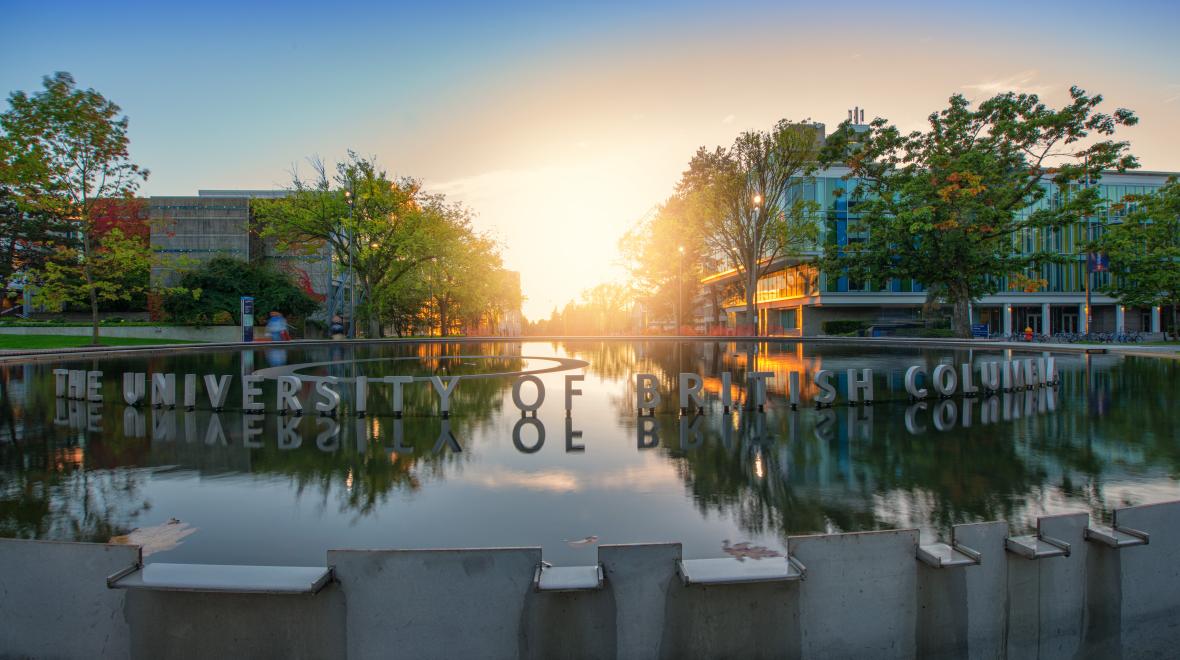
UBC Water Action Plan
UBC developed a new Water Action Plan to build on our water conservation achievements to date and guide our water management activities in the future.
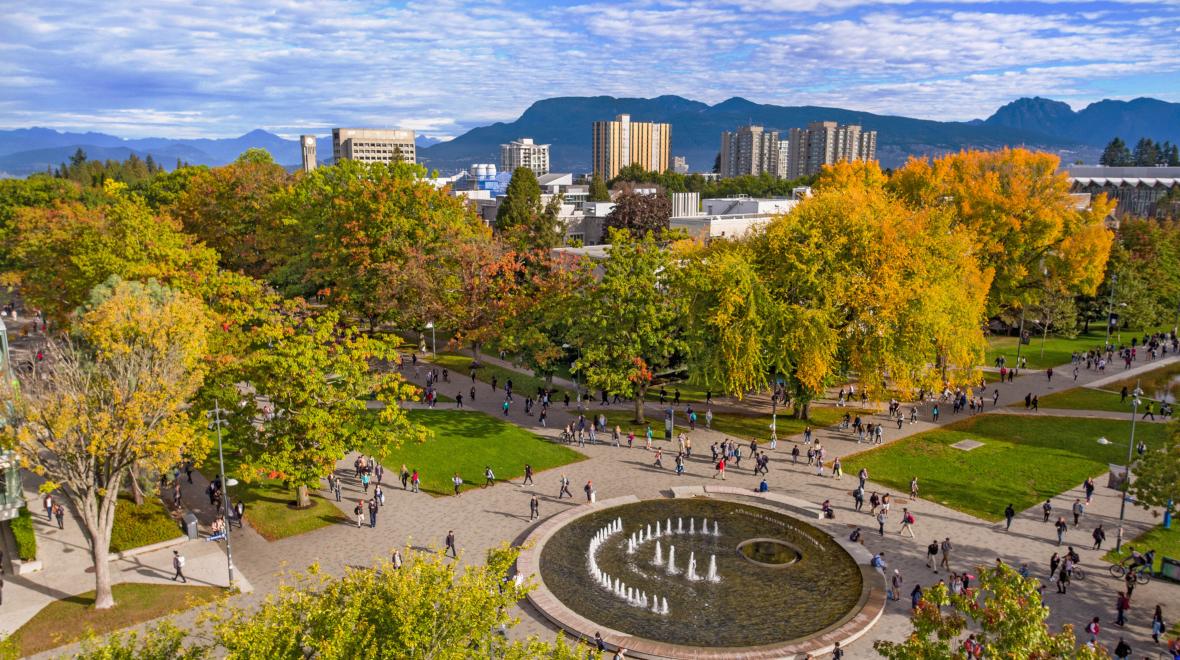
Water Action Plan Implementation Strategy
In order to deliver on the Water Action Plan (WAP) goals and targets, UBC has developed an Implementation Strategy that lays out how the commitments of the WAP will be put into motion.
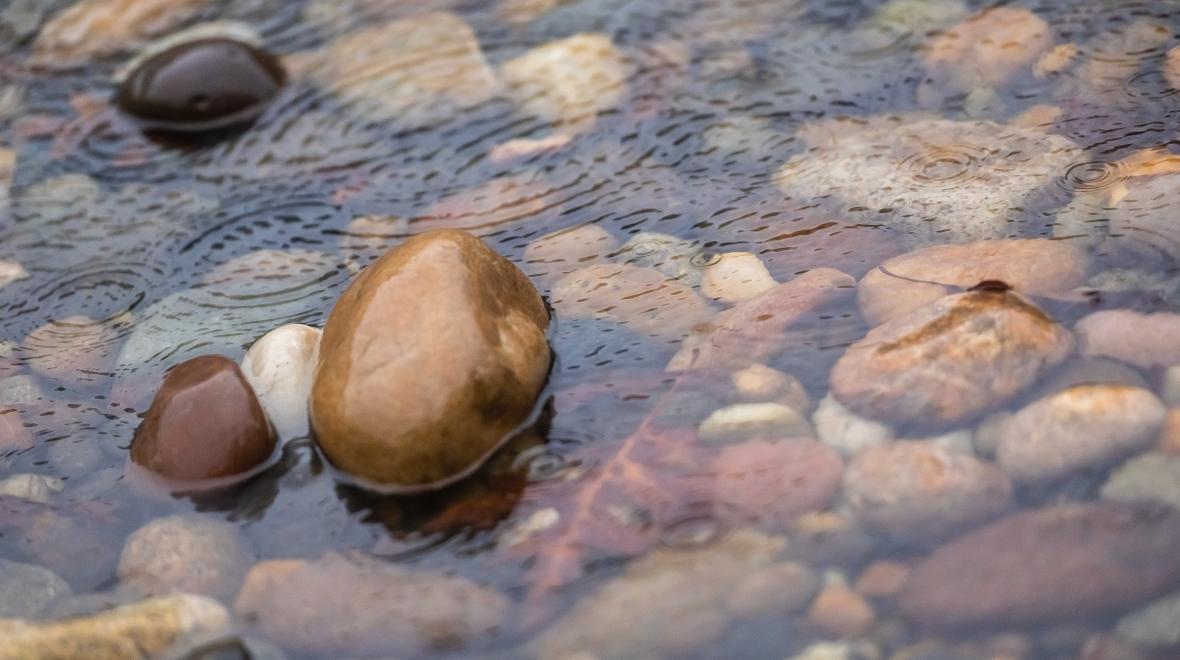
Integrated Stormwater Management Plan
The Integrated Stormwater Management Plan (2017) was created to ensure that the campus is responding to the ecological needs of the local lands while protecting the Point Grey cliffs and the valued areas of the campus from flooding.
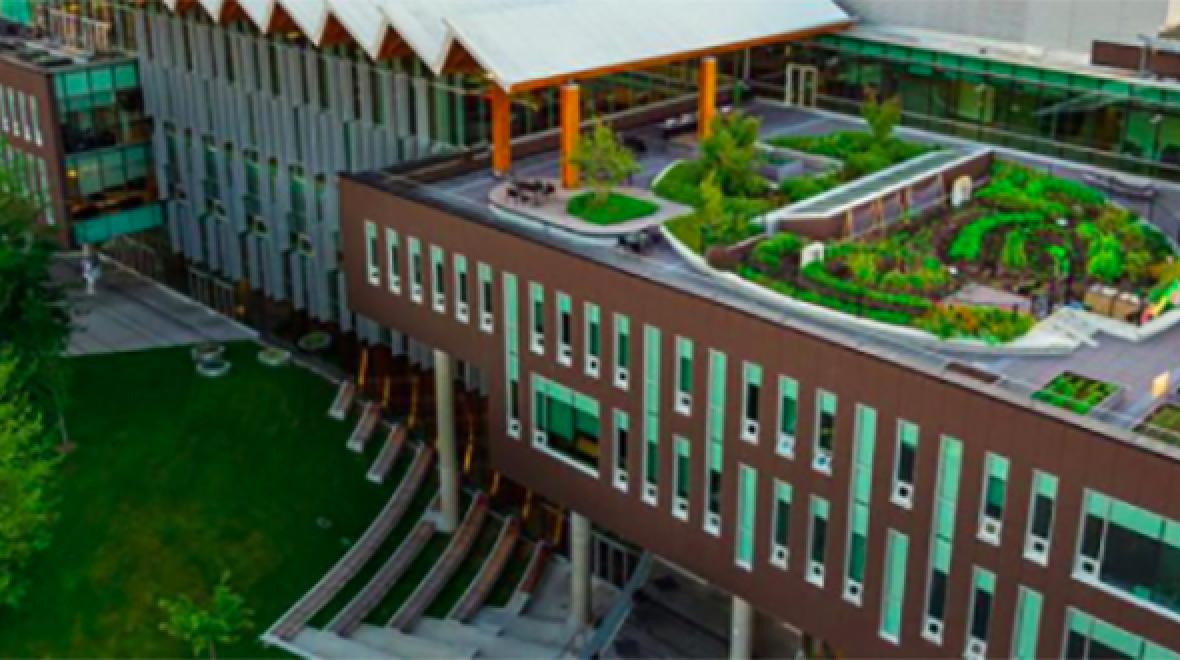
UBC Vancouver Climate Action Plan 2030
An accelerated path to net zero emissions for buildings and energy supply as well as to significantly reduce greenhouse gas emissions for extended impact areas over the next 15 years.
In Depth
UBC Vancouver Water Use
Water at UBC is distributed to institutional and commercial buildings and customers on campus. In general, buildings and facilities at UBC can be separated into three categories (Water Action Plan, 2019):
- Core (Institutional): UBC-owned and operated buildings including laboratories, classrooms and offices, not billed for water consumption. Included irrigation of academic lands.
- Ancillary (Institutional): UBC-owned and operated buildings that are billed for water consumption by UBC Energy & Water Services (EWS) (e.g., Student Housing & Hospitality Services, Athletics & Recreation).
- Neighbourhood & Tenant (Non-Institutional): Buildings not owned or operated by UBC but occupy UBC land (e.g., market & rental housing, hospital). These buildings are billed for water consumption by UBC EWS.
Based on a previous water balance audit, the largest end uses of water were process cooling, research including animal care, and washroom facilities. In 2024, core institutional buildings accounted for 41% of water consumption at UBC.
Neighbourhood residential and tenant buildings show a steady increase due to growth – noting that most buildings in this sector are relatively new and not being retrofitted yet. The actions described in the Water Action Plan in alignment with the Green Building Action Plan are focused on continuing to improve water efficiency of existing buildings by focusing on areas of higher impact. Additionally, ensuring that new buildings, and major renovations, incorporate water efficiency best practices, such as efficient fixtures.
Featured Datasets
Here are some of the datasets related to Water from our online sustainability data portal.

Water Use
Period: 1997-2024
Campus: UBCV
Interval: Annual
Last Updated: 14-08-2025
Campus Population and Floorspace
Period: 2013-2024
Campus: UBCV, UBCO
Interval: Annual
Last Updated: 14-08-2025
Operations Annual Summary
Period: 2023-2024
Campus: UBCV, UBCO
Interval: Annual
Last Updated: 14-08-2025
In Depth
Water use in UBC Vancouver buildings
Water consumption varies depending on several aspects such as floor space and population, but other elements such as building performance and building type also play an important role in water consumption levels.
Water is one of the least examined issues in laboratories, largely because water prices do not reflect its true cost. The amount of water consumed in laboratories varies a lot, but most laboratory buildings use up to 5x the amount of water when compared to a standard commercial office building. UBC’s commitment to sustainability includes a reduction in water consumption as a key method of minimizing campus environmental impact. Researchers can play an important role in reducing water waste in laboratories, which can come from:
- Unnecessary use of high-purity water. There are 5 types of water generally used in labs – potable water, reverse osmosis (RO) water, distilled water, deionized (DI) water and ultrapure water – each with specific uses. Every type of water requires some form of purification, and these processes range from 11-75% efficient, with wastewater sent down the drain. It is therefore important to use only the water purity required for an experiment, and only take the amount needed.
- Outdated processes like single-pass cooling. Single-pass cooling refers to a mechanism of cooling in which a continuous flow of water circulates once through a system, and then is disposed of down the drain. Single-pass cooling may be used to cool reactions, particularly in chemistry labs using distillation/reflux condensers. It is also commonly used to cool equipment including ice machines, vacuum pumps, mass spectrometers and autoclaves. Alternatives to single-pass cooling include waterless condensers and closed-loop cooling systems. In some cases, the reuse of discharge water from single-pass cooling for other purposes such as irrigation or initial rinses can be considered.
- Inefficient use of equipment. Equipment such as autoclaves, glasswashers, cage washers and vacuum pumps can be particularly water inefficient. While replacing or retrofitting equipment is not always possible, strategies such as turning the equipment off or putting it in standby mode when not in use, running loads only when full, using the fewest number of cycles required and reporting leaks can go a long way to conserving water.
To learn more about water conservation at UBC take a look at the toolkit.
The following chart presents representative examples of different types of buildings across UBC Vancouver campus and their water consumption levels:
- A key large-scale campus building (AMS Nest)
- An older administrative/academic building (Buchanan)
- A high-performance green building – administrative/academic (CIRS)
- A large, lab research-intensive building with very high water use (Life Sciences Centre)
- A lab research building with lower water use (Michael Smith Labs)
- A large student residence with a dining hall (Orchard Commons)



